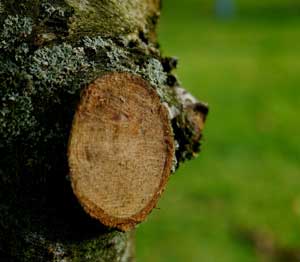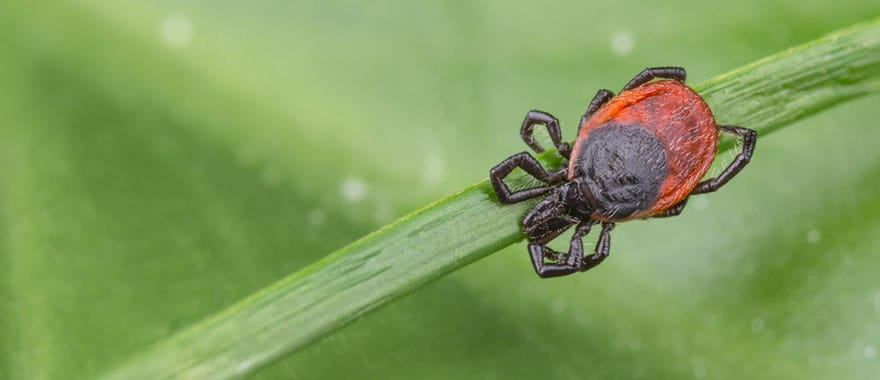Pruning Trees and Shrubs
 As trees grow, they need direction. This may be in the form of pruning, thinning, or removing deadwood. Barts Tree Service has specialized training and equipment, as well as an “eye” for what needs to be done. Pruning enhances the appearance and value of landscaping, but its importance is more than cosmetic.
As trees grow, they need direction. This may be in the form of pruning, thinning, or removing deadwood. Barts Tree Service has specialized training and equipment, as well as an “eye” for what needs to be done. Pruning enhances the appearance and value of landscaping, but its importance is more than cosmetic.
Benefits of Tree Pruning
- Removes weak, dead, storm damaged, diseased, or interfering branches
- Can be used to train growth patterns of young trees which will ensure proper tree structure
- Minimizes the risk of storm damage by reducing density which significantly reduces wind resistance during storms
- Provides clearance for streets, sidewalks, driveways, structures, and overhead lines
When to Prune Trees
The dormant season, late fall or winter, is the best time to prune although dead branches can be removed at any time. Pruning during the dormant season minimizes sap loss and subsequent stress to the tree. It also minimizes the risk of fungus infection or insect infestation, as both are likely to be in dormancy at the same time as the tree. In the case of deciduous trees, pruning when the leaves are off will give you a better idea of how the pruning will affect the shape of the tree.
Types of Tree Pruning
Structural and Corrective Pruning (Formative Pruning)
One of our main objectives at Barts Tree Service is to promote proper pruning techniques. When a tree is young, it is essential to train the plant to grow properly and without structural defects. Unfortunately, many trees are left to grow wild for too long. Most of these trees have weak limbs and are often badly damaged from wind and storms. These weak trees are extremely vulnerable to pest and disease invasion. Trees should be inspected or pruned periodically to maintain proper form.
Structural pruning is done to improve tree and branch architecture, primarily on young and medium aged trees. This proactive practice helps maintain form and eliminate future structural defects that will result as the tree matures.
Crown Thinning
Crown thinning is necessary on certain species of trees. Excessive competition between limbs can lead to structural defects and dieback. Thinning involves selective removal of internal branches evenly throughout the tree to reduce the density of the crown. However, it does not change the overall size or shape of the tree. Crown thinning opens the foliage of a tree, reduces weight on heavy limbs, and helps retain the tree’s natural shape. Crown thinning may also allow more air and light into and through the canopy that can help a tree be more durable during high winds of a storm and reduces mechanical stress on limbs.
Crown Raising/Lifting
Crown raising consists of the removal of selected lower branches to provide clearance to a specified height. This type of pruning should, if possible be carried out before a tree reaches maturity in order to avoid large wounds. This allows more light through and can prevent obstructions.
Crown Reduction/Shaping
Crown reduction is selective pruning to decrease the overall height and/or spread of the tree by systemically removing the ends of branches evenly throughout the crown, leaving a balanced and maintained shape. This technique is used for many reasons, such as to reduce wind resistance, to control the size of a tree in a restricted environment, or to allow more light into a specified area.
Crown shaping is not usually necessary on larger trees, but it can be helpful with smaller trees, such as flowering ornamentals and fruit trees. A plant that has never been properly pruned is most likely out of proportion and is at risk of losing its natural form forever.
Crown Restoration
Crown restoration pruning improves the structure, form, and appearance of trees which have been severely topped, vandalized, or damaged by a storm. It is typically performed when a tree has been let go too long and/or has had improper pruning done in the past (such as topping) and would need structure restored for safety, appearance, and the health of the tree.
Vista Pruning / View Enhancement
Vista pruning is selective thinning of framework limbs or specific areas of the crown to allow or enhance a view of an object or line of site from a predetermined point. Essentially, it opens a “window” through the trees for a view.
Clean Out Pruning
Cleaning out a tree includes removal of dead, dying, diseased branchwood, broken branches, or stubs left from previous tree surgery operations, together with all unwanted objects, which may include fungal fruit bodies, ivy and/or other climbing plants, nails, redundant cable bracing, rope swings. Cleaning can occasionally include the removal of healthy branches to promote airflow.
Utility Pruning
This type of pruning is done to prevent the loss of service (such as telephone or electric service) or damage to equipment. It is usually done by utility companies to maintain access ways while complying with any clearance laws.




